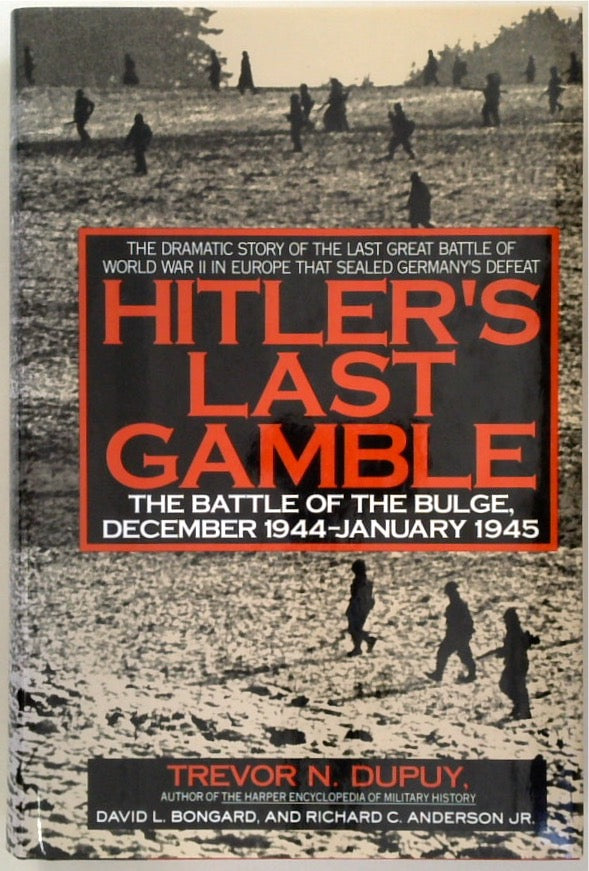
In December 1944, Nazi Germany launched a surprise offensive against Allied forces in western Europe. The Battle of the Bulge, as it became known, was Hitler’s last major offensive of the war, and it was a desperate attempt to turn the tide of the conflict. The battle was fought in the Ardennes forest, in eastern Belgium and western Germany, and it involved over a million soldiers from both sides. The fighting was fierce, and there were heavy casualties on both sides. In the end, the Allies were victorious, but it was a close-fought battle, and the outcome could have gone either way.
For Hitler, the Battle of the Bulge was a last-ditch effort to win the war. He believed that if he could split the Allied armies and capture Antwerp, the Allies would be forced to negotiate a peace treaty. The German plan was to use three armies to break through the Allied lines in the Ardennes forest and then drive towards Antwerp. The Germans had a numerical advantage over the Allies in the Ardennes, and they also had the advantage of surprise.
The German offensive began on December 16, 1944, and it quickly gained ground. The Allies were caught off guard, and they were forced to retreat. By the end of December, the Germans had reached the Meuse River, and they were within striking distance of Antwerp. However, the Allies had regrouped, and they were able to stop the German advance. The Battle of the Bulge ended in a stalemate, and the Germans were eventually forced to retreat.
For the Allies, the Battle of the Bulge was a major test of their resolve. The Allied armies had been fighting for years, and they were weary of war. However, they were determined to defeat Hitler, and they were not about to give up. The Allies had a numerical advantage over the Germans in the Ardennes, and they also had the advantage of air superiority. The Allies were able to use their air power to bomb German supply lines and to support their ground troops.
The Allies also had the advantage of superior intelligence. They had broken the German Enigma code, and they were able to intercept German communications. This gave the Allies a significant advantage in the battle. The Allies were able to use their intelligence to anticipate German moves and to counter their plans.
The Battle of the Bulge was one of the deadliest battles of World War II. The Germans lost over 120,000 men, and the Allies lost over 80,000 men. The battle also caused widespread damage to the civilian population of the Ardennes. Many towns and villages were destroyed, and many people were killed or injured.
The Battle of the Bulge was a major turning point in World War II. The German defeat at the Bulge marked the beginning of the end of the war. The Allies were now on the offensive, and they were determined to defeat Hitler. The Battle of the Bulge also showed the resilience of the Allied forces. Despite being caught off guard, the Allies were able to regroup and defeat the Germans.
The Battle of the Bulge is still remembered today as one of the greatest battles of World War II. The battle was a major test of the Allies’ resolve, and it showed the resilience of the human spirit. The Battle of the Bulge is a reminder of the horrors of war, and it is a reminder of the importance of peace.
The Battle of the Bulge was a desperate gamble by Hitler to win the war. However, the Allies were able to defeat the Germans, and the battle marked the beginning of the end of the war. The Battle of the Bulge is a reminder of the horrors of war, and it is a reminder of the importance of peace.












